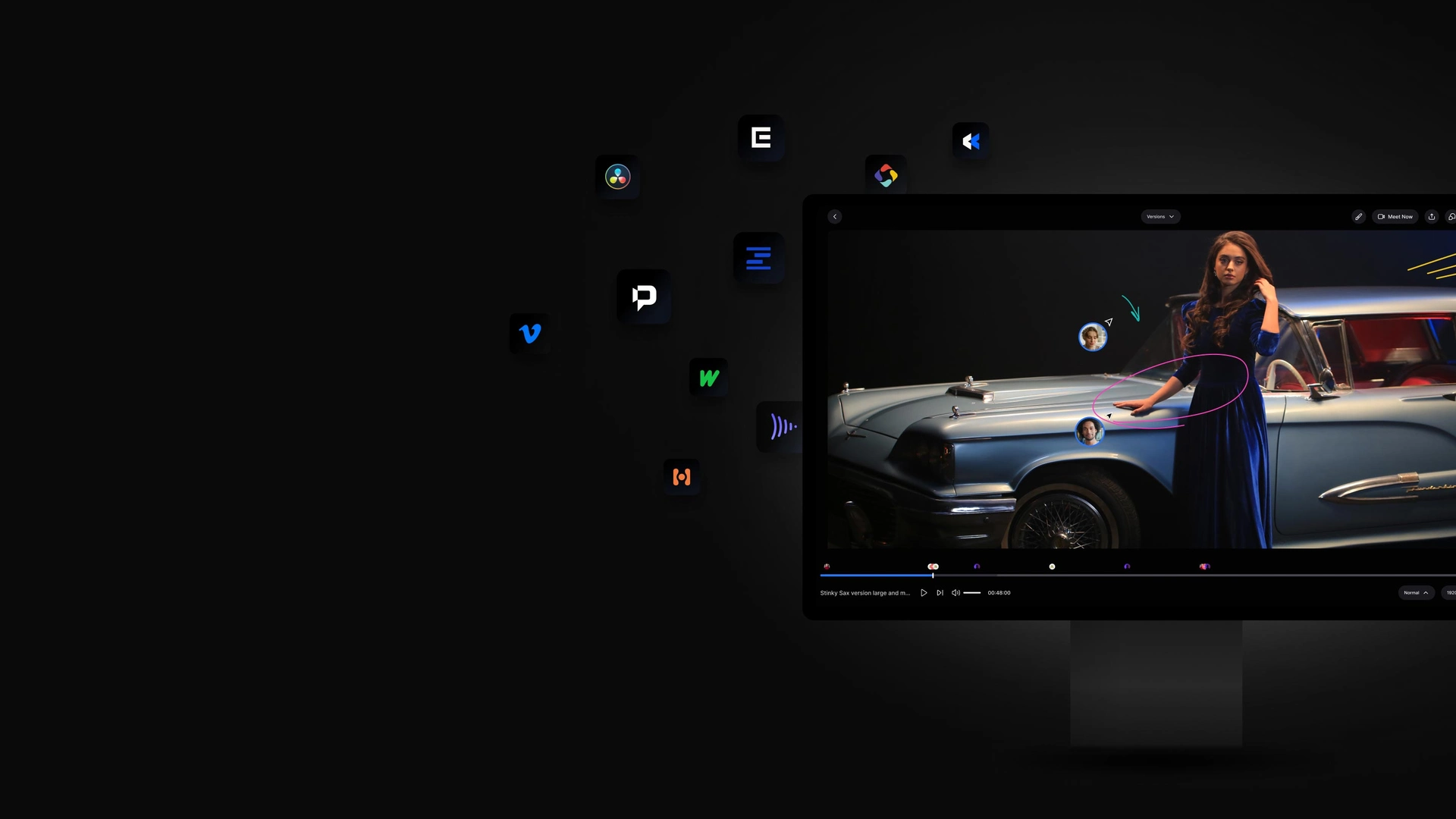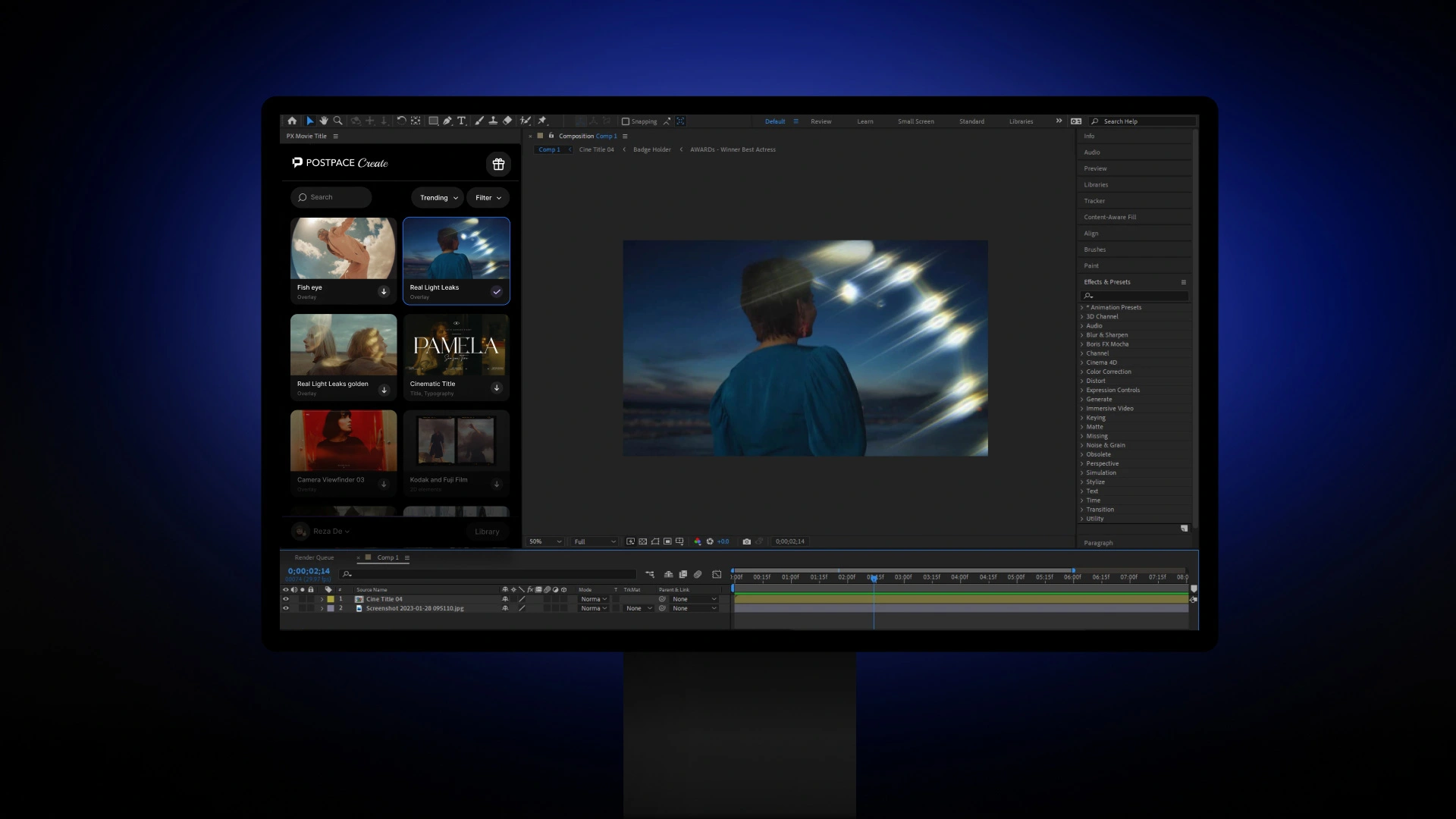Key Takeaways
- The post-production process is critical for transitioning RAW footage into a polished final product, influenced by the project’s timeline, budget, and desired output, and involves a collaborative effort across various specialties such as editing, sound design, visual effects, and color grading.
- The technical stages of video post-production include ingesting and organizing raw footage, video and sound editing (adding visual effects, color correction, grading, ADR, and Foley), ensuring quality control, and preparing for distribution through formats appropriate for various platforms and accessibility considerations.
- Optimizing the post-production workflow is essential, requiring a combination of effective project organization, the use of advanced post-production software tools for editing and collaborative review, and application of best practices tailored to the unique needs of each project.
Decoding the Post-Production Workflow

It’s important for filmmakers to keep budget constraints and timelines in mind before plunging into such endeavors; every project demands different specifics depending on its size and medium (movie theater or television). Every workflow also brings unique issues, which usually lead to very rewarding outcomes at their end. When we look back at what happened during these phases, one thing is abundantly clear: editorial acumen came together with creative vision while painstakingly processing original materials until getting here—watching those captivating results!
Breaking Down the Video Post-Production Workflow

Ingesting and Organizing RAW Footage
Beginning a post-production process is akin to going on a road trip; you need the right route and plan. That’s why it all starts with importing relevant files into NLE software, like After Effects or Final Cut Pro, for efficient organization of RAW footage, which sets up editing success. To this end, structuring based upon editor preferences as well as metadata tagging helps create that desired systematization.
At its core lies transcoding. Converting high-resolution clips to low-res enables cloud transfer optimization along with offline editing abilities without changing original content until re-linking completed projects during completion stages—saving time by aiding in storage capacity issues simultaneously!
Though facing large file sizes can be daunting initially, having the correct strategies coupled with suitable tools ensures these steps are essential foundations when embarking on video post-production tasks reliably every single time!
The Art of Video Editing
The initial step of the editing process involves organizing all RAW footage to then begin creating art through video. This is where the craftsmanship of video editing shines, as it revolves around manipulating shots in order to form a cohesive story arc. Moving from rough cut to final cut consists of finessing and refining edits made by the editor, director, or producer until a consensus on changes is reached at “picture lock,” indicating that no revisions will be performed after this point in time. To aid with organization during these stages, editors use stringouts, which serve as long strings organized chronologically, containing every take for one scene, so notes can easily be added before being reviewed collaboratively between everyone involved, striving for an output that meets their collective vision and expectations while still keeping essential piece information intact throughout its creation phase up until picture lock approval.
Dynamic Sound Editing and Mixing
Post-production incorporates sound editing and mixing, which are pivotal for creating a successful auditory experience. Sound manipulation is done to ensure clear audio quality with no noise or disruptive sounds in order to blend multiple elements harmoniously together. Besides the dialogue and music, sound effects provide an essential contribution by recreating certain noises that couldn’t be picked up when filming, such as footsteps or breaking objects, making it more realistic and immersive overall. Ultimately, the aim of these tasks is to create a synchronized soundtrack that corresponds perfectly with the visuals while maintaining its artistic integrity.
Visual Effects: Crafting Imaginary Worlds
Post-production is incomplete without Visual Effects (VFX). This requires computer-generated graphics and animation to develop beautiful scenes. An excellent example of its use are movies such as Game of Thrones, where dragons were made real, or the movie Dumbo, which was purely created with VFX techniques.
The way these effects come into existence is called the ‘VFX Pipeline’. It consists of a series of stages supervised by an expert in visual specializations who leads his or her team along for producing the exact visuals wanted. Artists initiate their contribution once all other aspects have been taken care of, including picture-perfect image settings, etc.
No matter if one wants to build creatures from imagination or enhance existing spaces, manipulation using these creative tools can make films look magnificent! Leveraging it effectively gives any video recording extraordinary levels of magic that prove memorable on a large scale!
Color Correction and Grading: Painting with Light
Post-production is a significant element in color correction and grading. This involves adjusting hues and tones for the creation of an aesthetically pleasing yet consistent appearance throughout all footage. The purpose behind Color Correction is to enhance exposure, contrast, and balance. While still maintaining its natural look from beginning to end, giving it that professional appeal when put together as one piece. On the contrary, we have Color Grading which is used as a creative tool by shifting colors depending on what type of mood or style you are wanting viewers to interpret out of your project without disrupting any other tonal adjustments set before them.
The work done by a ‘colorist’ during post-production will consist mostly of manipulating the mentioned areas (correction and grade). With helpful tools like LUTs or CDLs, they are able to make sure there’s even consistency applied within each media choice implemented per scene or project-wide under supervision, alongside VFX team members working closely along their tasks too! So much so that both components aid in presenting users with final product, creating stylish, finish-fitting theme that has been portrayed at given time through usage of these two qualities discussed here today overall provides a nice conclusion, furthering impact how audience perceives moving image understanding intentions credited attribute driving ideas laid first step continuing forward perspective now more importantly than ever letting your voice heard film industry everywhere showcase talents speaks distance knowing craftsmanship invested movie lives own making dream come true sharing message universe nothing else matters may wish reach level success good luck thank care always consider need safe journey insight life ahead who loves taking last something taken away us move closer ‘Happiness’: get heart wants, seek love, never fully complete, bring part everything, centers go, stay mission statement…
Audio Post-Production: Perfecting the Soundscape

ADR and Foley: Bringing Sounds to Life
In audio post-production, two specialized techniques are used to increase the realism and quality of sound: Automated Dialogue Replacement (ADR) and Foley. ADR involves re-recording dialogue in a controlled studio environment to improve technical issues or just enhance audio clarity. On the other hand, with custom-made effects generated through imitation by Foley artists, such as footsteps on different surfaces or doors opening or closing, etc., real-life sounds can be incorporated into video projects for greater authenticity. Both of these methods make up an important part of audio post-production that helps elevate engagement levels significantly for viewers when implemented effectively. It takes great skill but is necessary in order to produce compelling output that offers superior sound quality than what would otherwise have been possible without it being involved at all!
The Final Mix: Balancing Sound Levels
In the last step of audio post-production, sound levels are adjusted to create an excellent final product. The process includes manipulating volume via gain adjustments, utilizing compression techniques for dynamic range control, and normalizing across different audio tracks. This results in a clear blend of all elements—dialogue, music, and effects—guaranteeing an immersive experience without any distortion or imbalance among them.
Software such as Pro Tools, Adobe Audition, Logic Pro, and Audacity provide powerful tools to make achieving this balance easier for mixers and editors. It is ultimately their job—with technical expertise combined with keen auditory skills—to reach perfection through ‘the final mix’ that would secure the desired outcome from post-production audio workflows.
Sound balancing holds great importance. Clarity between every element along with appropriate volumes enhances general quality, making sure viewers have maximum engagement throughout video content playback.
Ensuring Quality Control: The Review Cycle

Preparing for Distribution: The Last Mile of Post-Production

Leveraging Post-Production Software
Editing Software: The Backbone of Post Workflow
Post-production is a critical part of the video editing process, and it’s essential to choose the right software. For example, Avid Media Composer offers agility with its cloud storage system, while Adobe Premiere Pro provides enhanced audio processing tools. Final Cut Pro stands out for its highly intuitive interface, which enables high-performance rendering capabilities as well.
There are also numerous utilities that accompany NonLinear Editing (NLE) programs, such as color correction plugins and Postpace, which can be used to facilitate collaboration among users and provide remote feedback. All these features help enhance post-production workflow significantly and will ultimately determine how successful one’s output will be during this phase of production workflow.
Collaboration Tools: Connecting Production Teams
Collaboration is essential to having a successful post-production process, and there are various tools available to facilitate this. Production houses and VFX artists commonly rely on Postpace, Frame.io, and CineSync for enabling remote collaborations with efficient media review features along with centralized collaboration platforms that provide real-time notifications for effective management of the workflow. MASV Portal also provides automated file downloading, so editors can be prepared ahead of time without manually organizing their work every day. With these tools in place, each step within the entire production workflow becomes much smoother, thereby ensuring a more polished end product due to enhanced collaborative efforts among team members.
Final Thoughts on Streamlining Your Workflow
Tools such as Adobe Premiere Pro, Avid Media Composer, and Apple Final Cut Pro all have their own strengths that could be used effectively depending on your unique needs. Services like Trello for managing projects quickly, Google Drive for storage requirements, and Slack communication channels are also helpful tools that you should make use of while producing content from RAW footage.
It’s paramount to recognize that every creation follows its own distinct procedure. Learning from past experiences allows us to learn from past experiences. Hone these skills so they may be applied with greater efficacy in subsequent uses. What begins as basic material evolves along an alchemy between technicality and creativity, resulting ultimately in stories resonant enough to touch audiences at large, therein lies the beauty lying within post-production!
Summary
The creative energy of post-production allows raw material to be transformed into sensational stories; editors improve visuals while also enhancing audio elements. All culminating together towards creating compelling final products that speak deeply to audiences everywhere! We continue on our adventure, learning from each experience along the way so we can develop more effective narratives every time!
Frequently Asked Questions
A post-production workflow encompasses nine key processes – video editing, sound design, color grading, visual effects, music composition, title design and artistry, motion graphics, and quality control. These are crucial for the successful completion of a production process.
The post-production workflow encompasses a range of activities that take place after filming and before the final project is released, such as sound mixing, editing raw video footage, and applying visual effects. This entire process of managing all elements in a product’s creation from pre-production to post-production is known as the entire process.
Once the production stage has been completed, the post-production process follows and consists of video editing, sound mixing, visual effects creation, color adjustment, and the assembly of a final soundtrack. This post-production phase is an essential step that needs to be taken in order for any project or product created during filming to reach its full potential.
Having an understanding of the fundamentals of post-production is essential, as it provides a structure for transforming unprocessed material into an organized story and ensures smooth oversight throughout.
For audio post-production to be of high quality, there must be three components in the workflow: dialogue editing, music editing, and effects. Each one is responsible for making sure their specific area has an impact on the end result. These parts are vital when creating a superb audiovisual experience overall.




